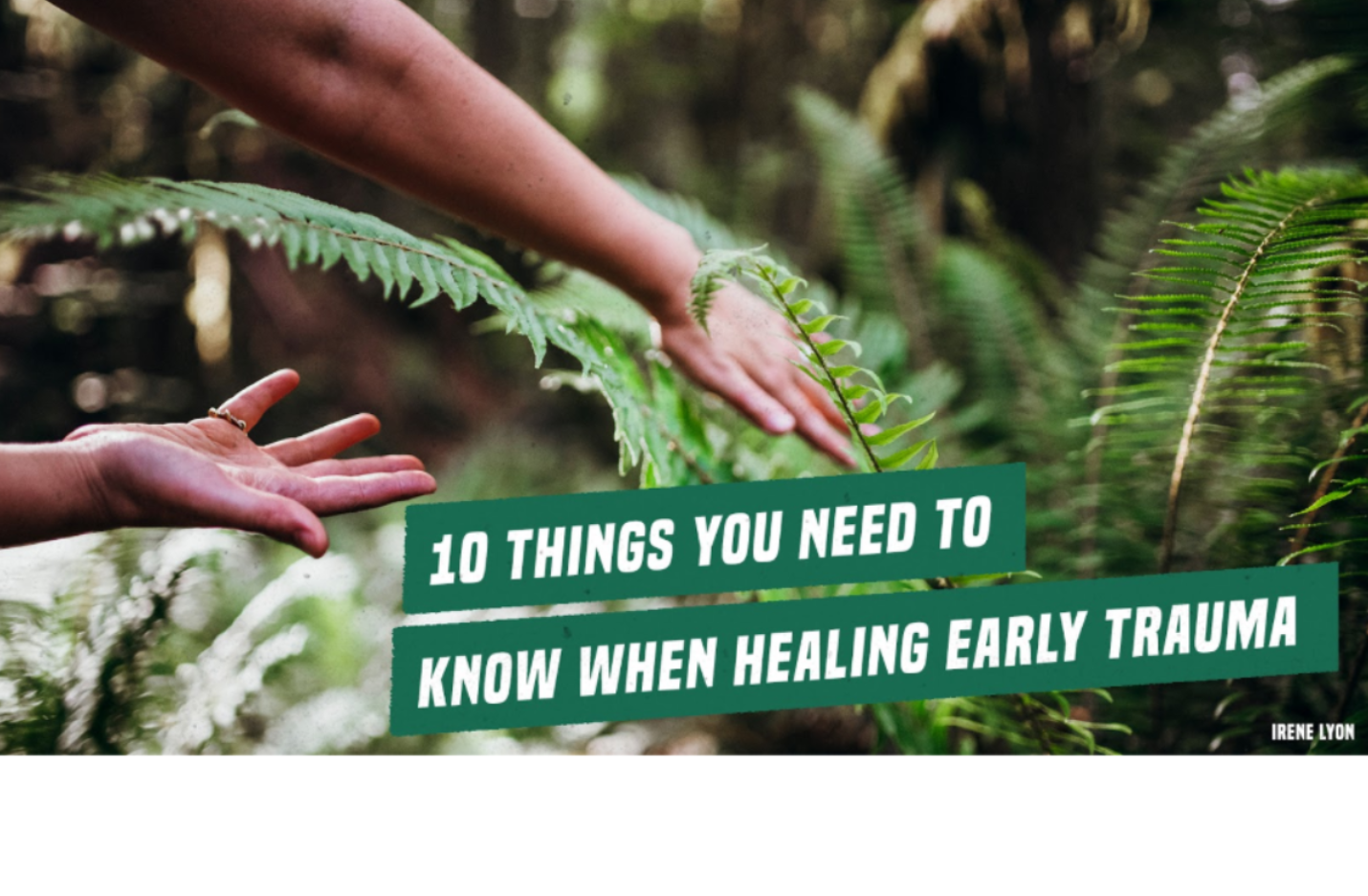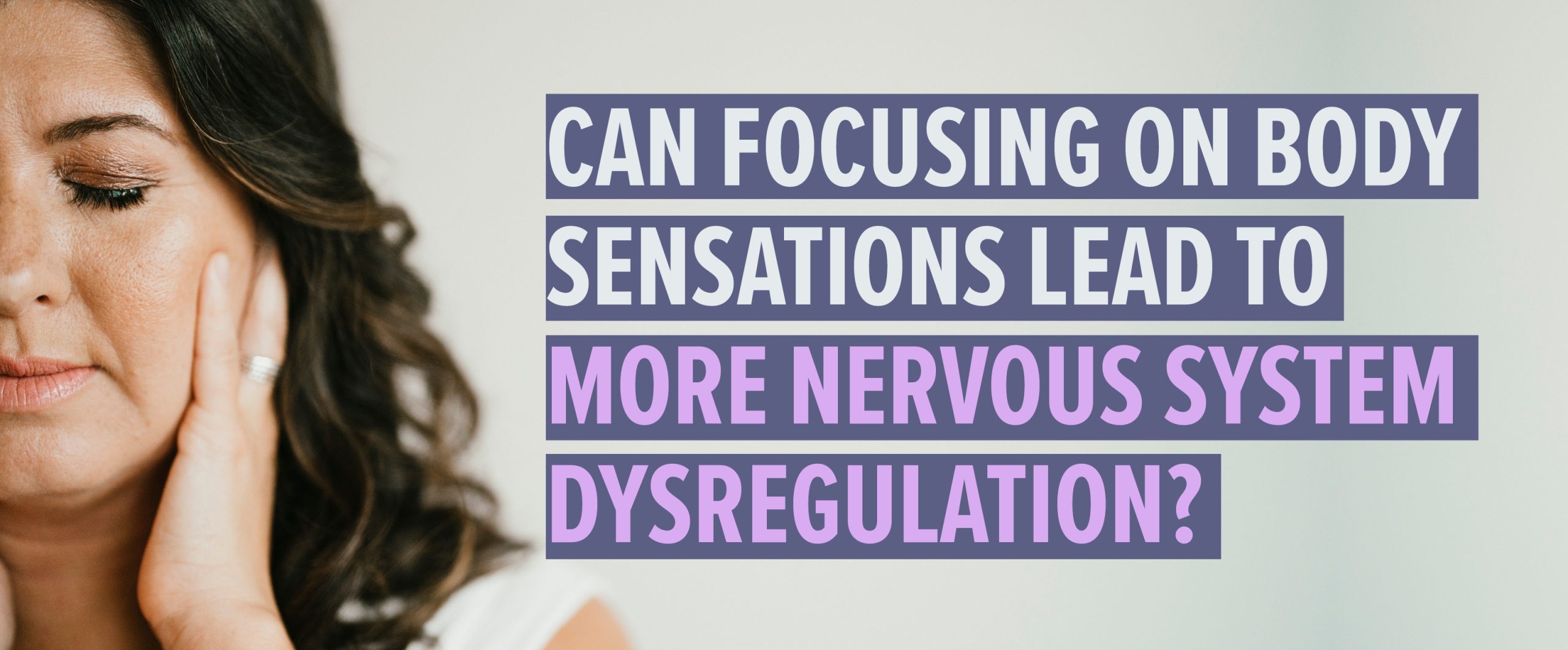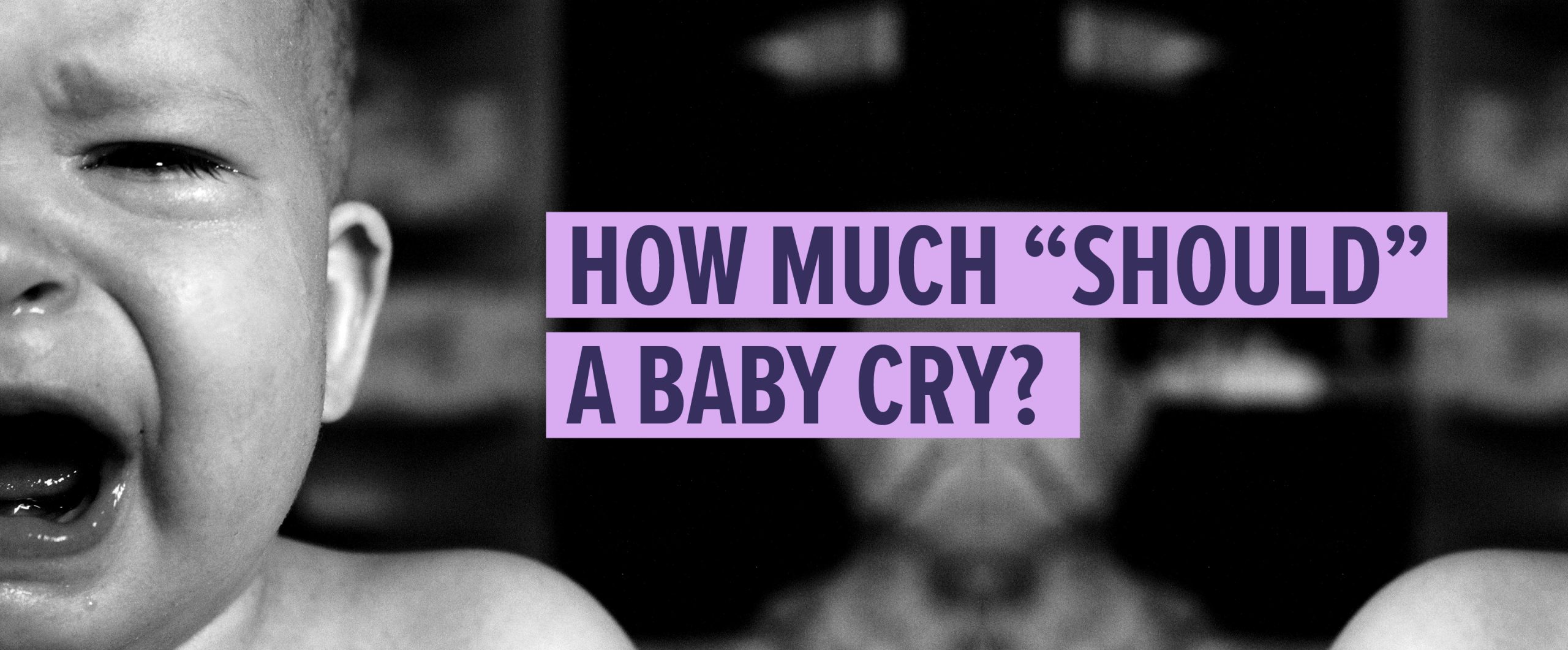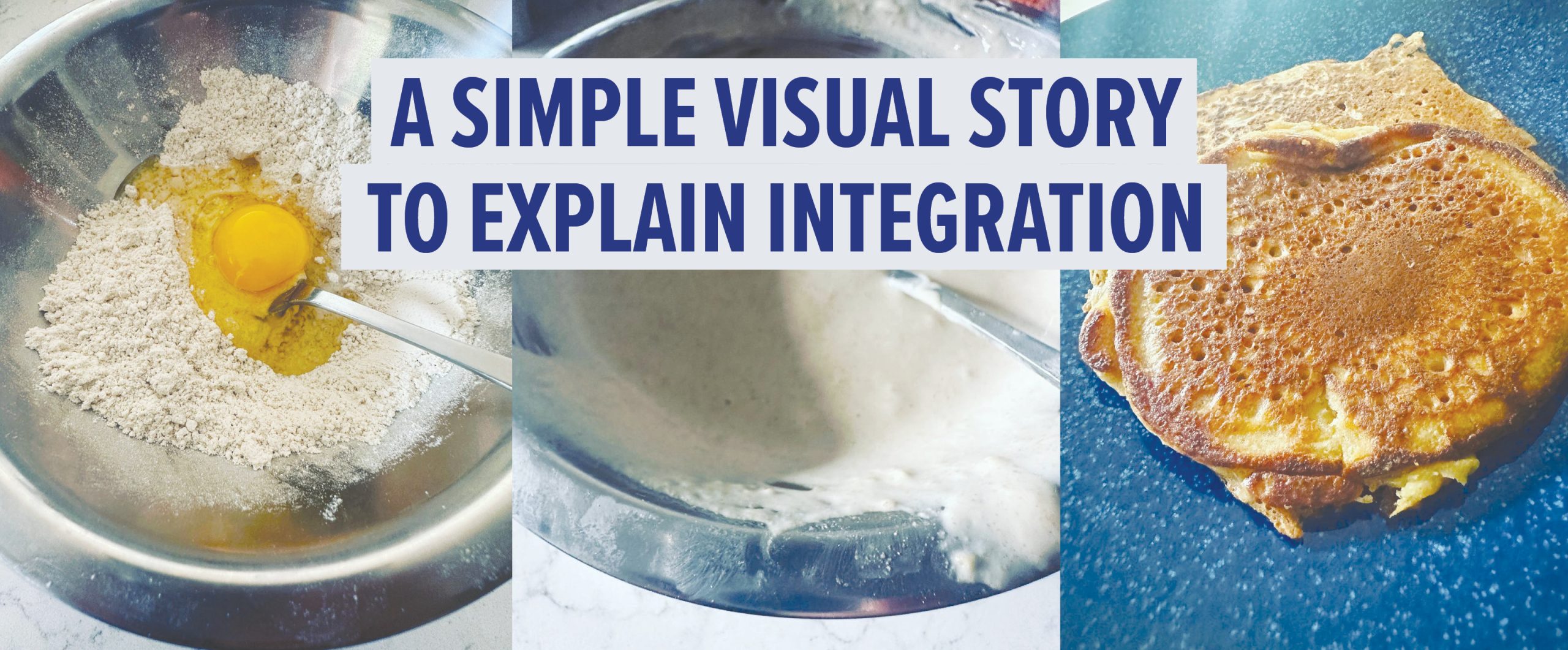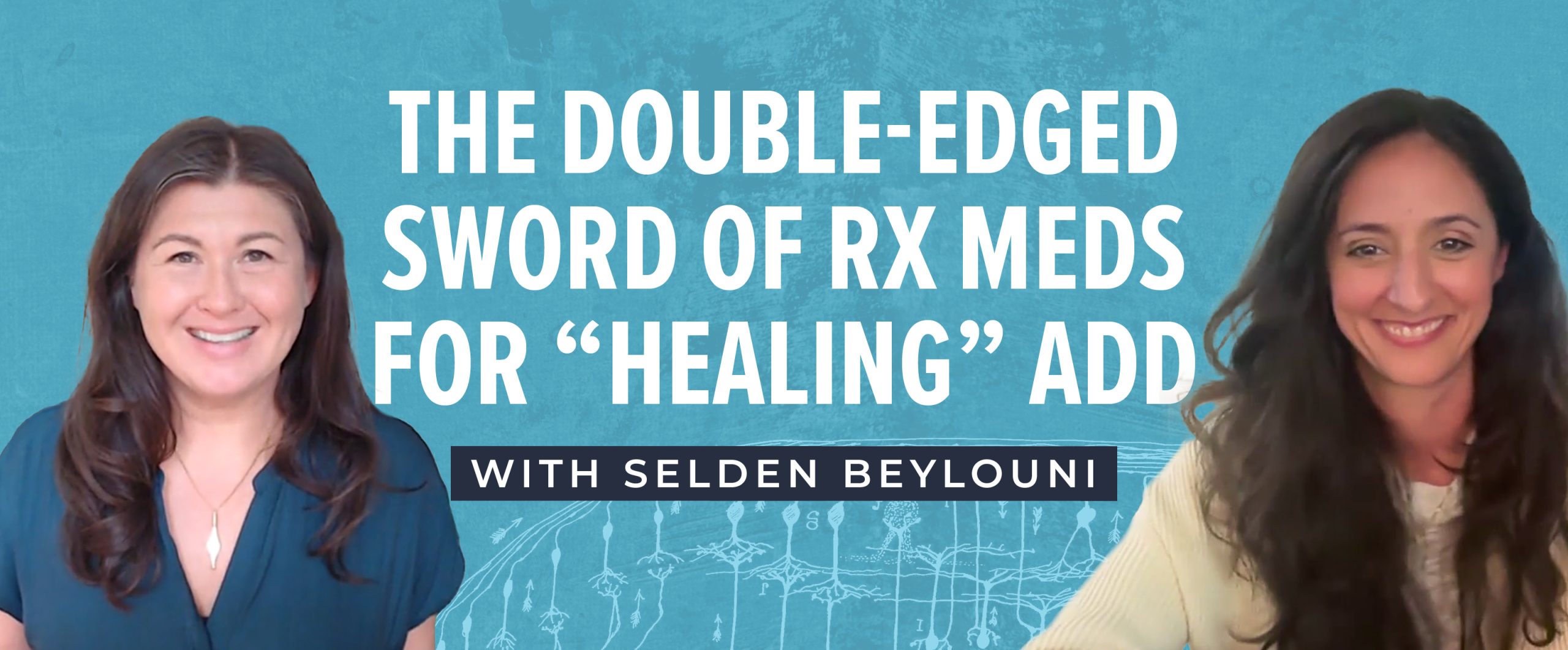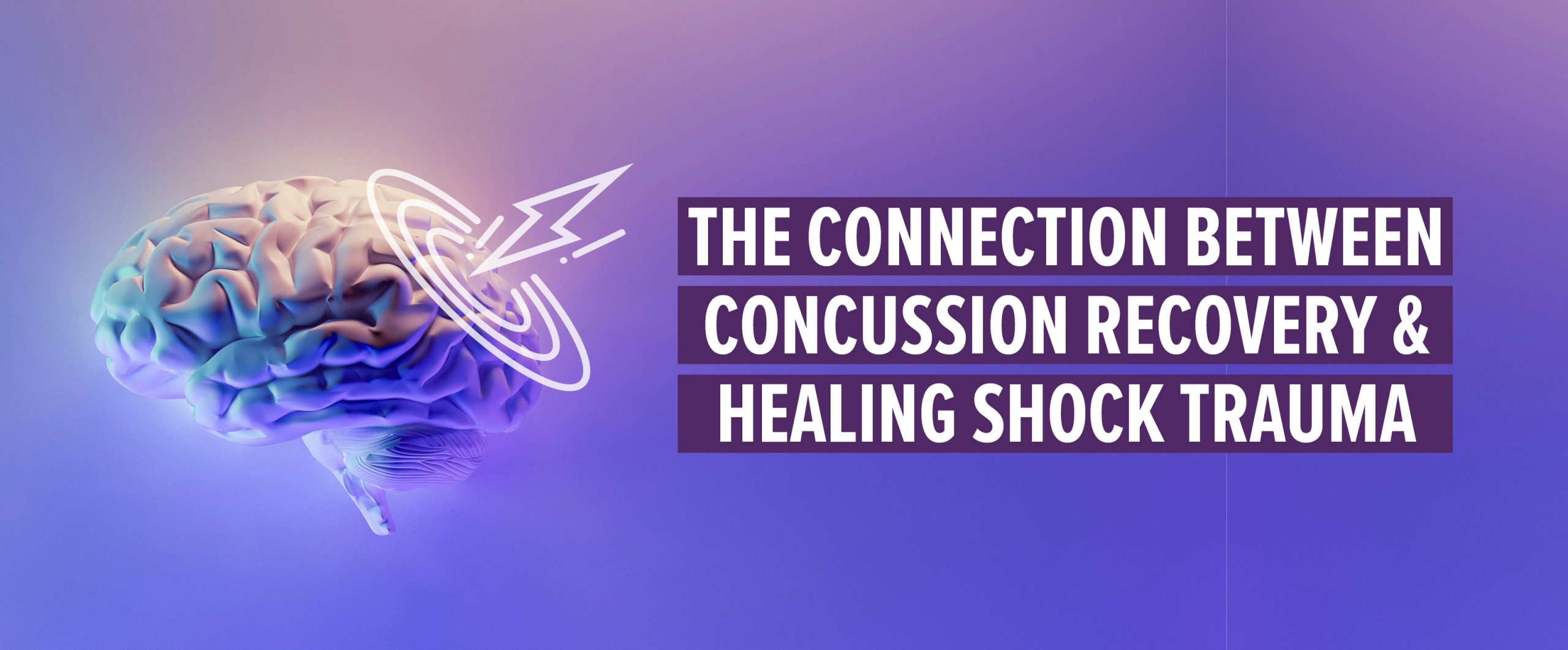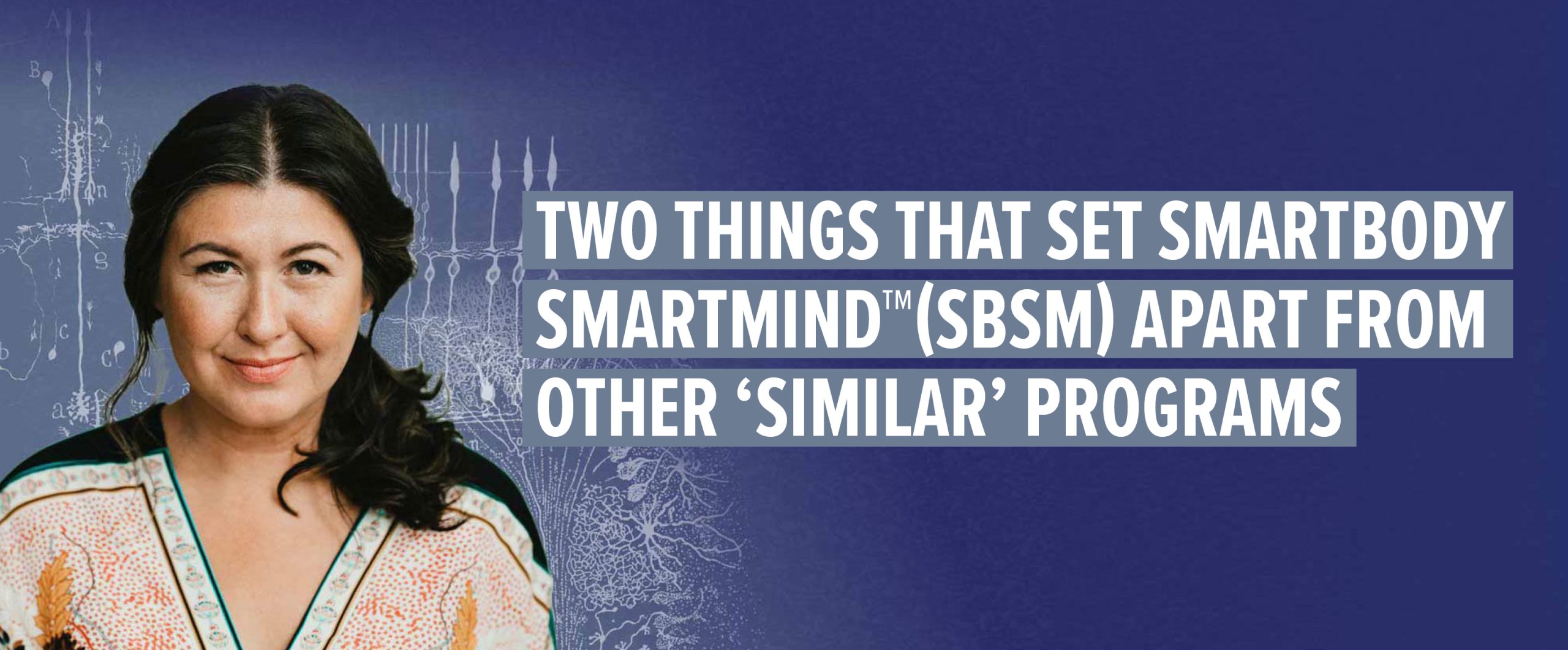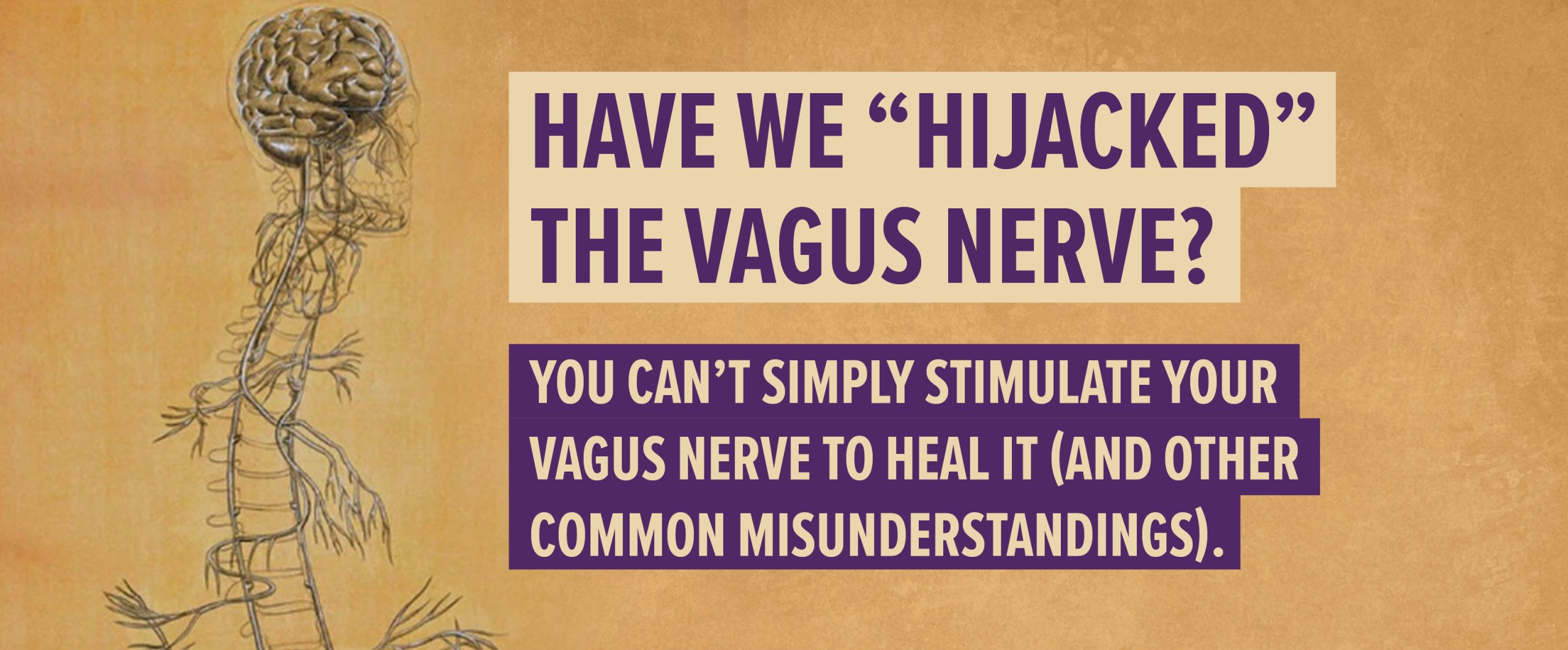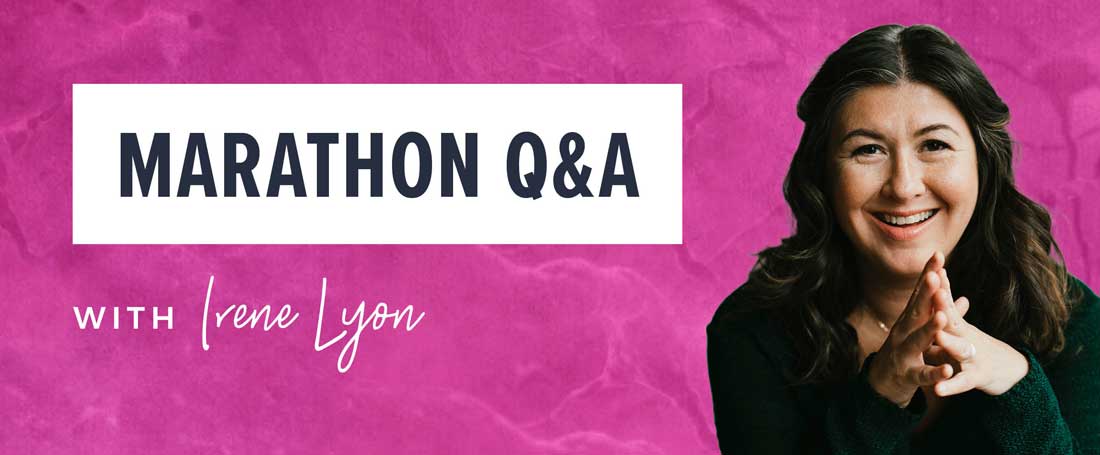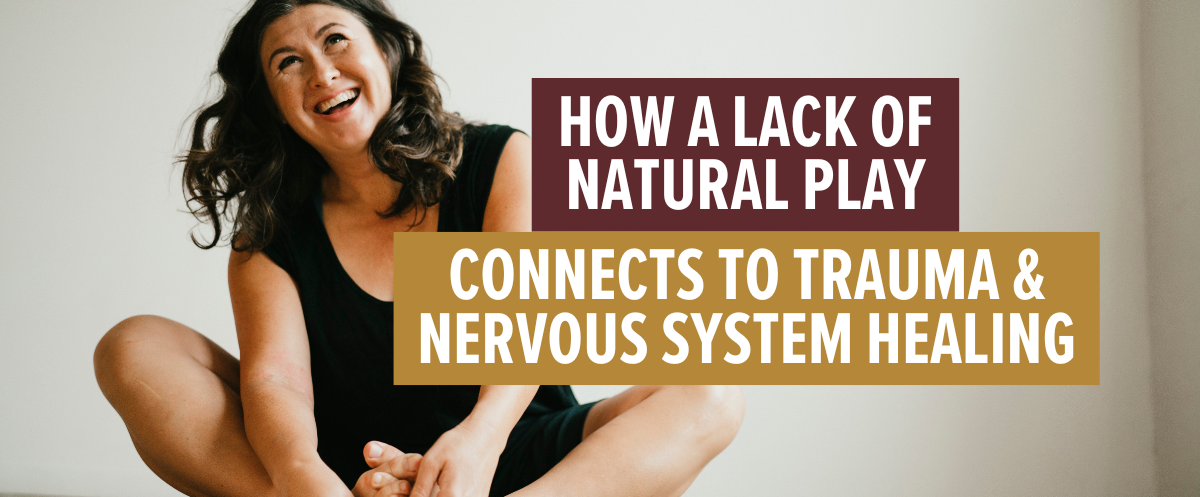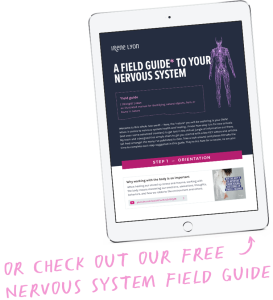In this week’s video I cover the basics of what I believe folks should be aware of when healing early traumatic wounds.
This might be one of the tougher topics to write and video about because each person is unique and how one heals the wounds of early trauma are dependent on SO many factors. It looks different for each person. That’s why it’s key we follow practices and healing approaches that follow principles, rather than step-by-step methods.
Here’s an outline of the ten main things that I cover (but in greater depth) in this video:
- Healing at this level is not about shaking it out (it’s about regulation).
- The Adverse Childhood Experiences study is good and it doesn’t take into account other types of early experiences that are traumatic but are often seen as not (something I wrote about in depth here).
- The Polyvagal Theory: what it is and how it relates to our primary wiring.
- You’re gonna feel the feels (and they might not always be the fun ones and that is absolutely normal).
- There might not be any memories, of anything (again, this is normal).
- I mean it when I say: go at your own pace. Go slow and do not compare yourself to anyone else (refer to the second paragraph above).
- You must be ok with not being perfect and making mistakes (and this in turn will challenge those early wounds!).
- The mind-body-environment connection must be considered, as well as all our relationships, how we set boundaries, and so on.
- There is zero need to make amends with the folks who hurt you!
- We can’t heal alone.
I want to open up this conversation because as a whole, the bulk of my clients and students are living with some form of untreated early trauma and it often goes undiagnosed, or is treated with methods designed for shock trauma.
Early trauma usually bubbles up later in life, although sometimes it can start in childhood or adolescence. It can often show up as chronic illness, anxiety disorder, depression, sleep troubles, digestive woes, autoimmune conditions, and of course a host of other ailments all too common in our current culture. I’ve written about this in other articles here and here.
From what I’ve seen, as have my colleagues and mentors, early trauma is also one of the more common types of trauma we see in more affluent and westernized societies and cultures; you know, the ruptures in secure attachment and cellular safety, such as the old and outdated practices of making infants cry themselves to sleep, sleep training, or not allowing a child to cry if they are hurt, or shunning healthy aggression when it naturally shows up in infancy and so on.
The medicalization of birthing practices such as survival of premature birth and forced labour, just to name a few common birth (early) traumas, as well as parents who may be mentally unwell or simply have zero clue how to attune to a newborn, can also scar an immature human nervous system and cause it to form poor self-soothing capacities. This leaves the young human alone, terrified, confused, and angry with the world.
This all sounds rather depressing, doesn’t it?
I believe we can look at this with sadness or we can choose to look at it as simply our history, plus our current reality, and then do the work to course correct this trajectory that we’ve been on to build a new existence. To be honest, I don’t think we have any other option but to do this.
Even if you aren’t sure if you are living with untreated early trauma, I hope you take some time to watch today’s video so you can learn a little bit about this rarely talked about subject and its impact on society.
(Please note that I use early and developmental trauma interchangeably as they mean the same thing.)
* * *
Resources I Mention In The Vlog
BOOK: Nurturing Resilience: Helping Clients Move Forward from Developmental Trauma–An Integrative Somatic Approach, by Kathy Kain and Stephen Terrell
VIDEO: Does shaking heal trauma?
VIDEO: The Polyvagal Theory. Explained.
VIDEO: Do you have to re-live trauma to heal it?

